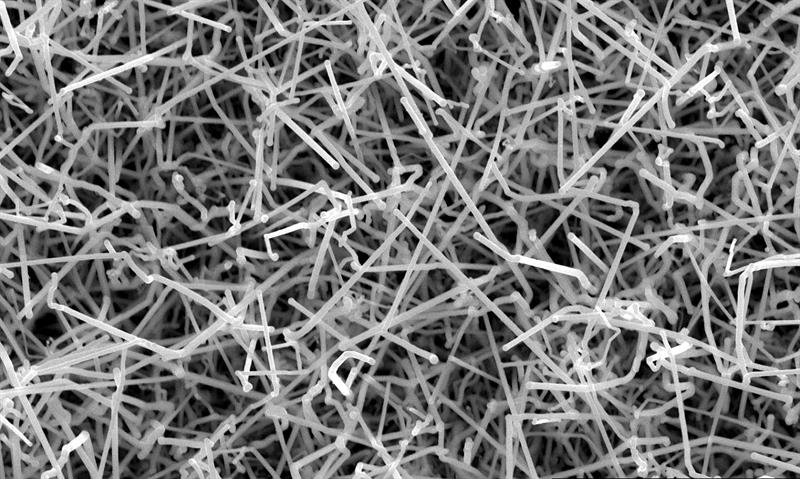Germanium was believed to behave like a metal when a sufficient amount of tin atoms were added, but the theory has not been demonstrated. One approach might be to melt the two elements, mix them together in liquid form and then let them solidify. But, according to TU Wien researcher Sven Barth: “This simple thermodynamic method fails because the added atoms do not blend efficiently into the crystal lattice. The higher the temperature, the more the atoms move inside the material. This can result in foreign atoms precipitating out of the crystal after they have been incorporated, leaving behind a very low concentration of these atoms.”
Looking to overcome this challenge, Barth’s team has developed an approach that links rapid crystal growth to very low process temperatures, allowing the correct quantity of foreign atoms to be incorporated as the crystal grows.
The crystals are said to grow in the form of nano-rods (see image) and at temperatures between 140 and 230°C. “As a result, the incorporated atoms are less mobile, the diffusion processes are slow and most atoms stay where you want them to be,” Barth explained.

Using this approach, the team has incorporated up to 28% tin and 3.5% gallium into germanium – considerably more than was possible using conventional thermodynamic combination.
“The addition of tin and/or gallium in such high concentrations offers extremely interesting potential applications in terms of optoelectronics,” Barth suggested. The resulting materials could be used for infrared lasers, photodetectors or infrared LEDs.













